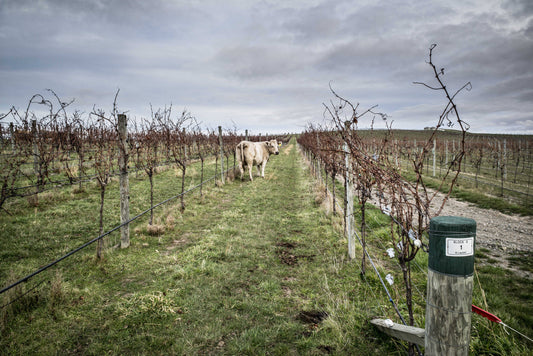| Phylloxera. That word must strike fear into the hearts of all grape growers. The vineyard pest that caused devastation across Europe in the late 19th century surely causes panic in the few parts of the world that it has not yet reached?
But rather than panicking, winemakers in the Yarra Valley in Australia seem to be meeting the challenge head on. I interviewed four winemakers to gauge their reaction to the famous vineyard scourge.
‘Actually, phylloxera has given us a chance to recalibrate our vineyards and take a fresh approach to climate, soils and slopes,’ said Sarah Crowe, winemaker at Yarra Yering.
Phylloxera was first detected in the Yarra Valley in December 2006. Since then it has spread, slowly at first and now the whole region is on a phylloxera footing. There are fences around many vineyards, notices prohibiting visitors from entering the vineyard and disinfectant footbaths for the shoes of those visitors who do walk between the vines. Meanwhile other Australian regions are on the alert. Travelling from Yarra to phylloxera-free South Australia provokes conversations about whether you have cleaned your shoes and clothing worn in the Yarra.
Phylloxera cannot be treated; it has to be dealt with by replanting on American phylloxera-resistant roots. The cost of replanting the whole of the Yarra has been estimated at around $1 billion and so the problem is being addressed on a gradual basis.
‘This is a real opportunity to re-evaluate new rootstocks and the varietal make up of our vineyards,’ said Franco D’Anna of Hoddles Creek winery. ‘As we replant we are choosing drought-resistant rootstocks to cope with climate change. I also firmly believe that we should plant more Nebbiolo and Tempranillo while maintaining Chardonnay and Pinot Noir which this region is known for.’
Sandra du Pury, winemaker of Yeringberg is in the process of planting a new Pinot Noir vineyard on a south-facing slope because ‘North-facing slopes are too hot for Pinot. We have also chosen different clones including MV6, but also the Abel clone and one of our own old clones.’
At Yarra Yering the replanting exercise is giving viticulturalists an opportunity to re-orientate their rows. Instead of the traditional north–south rows, they are being planted running east–west. ‘This will give the grapes more shade during the heat of the day,’ explained Sarah Crowe.
It seems that this need to concentrate on the vineyards has triggered a new attitude towards growing grapes. ‘We are going back to some of the old ways of viticulture,’ said D’Anna. ‘We are planting more grasses between the rows to open up the soil, and we allow sheep into the vineyards between harvest and bud break to add nutrition to the soil.’
‘Styles of wine in the Yarra have changed in the last five years,’ said Steve Flamsteead of Giant Steps, ‘there is freshness and purity in the wines, and some of this has come about by the change in viticulture. We are also planting at higher elevations’. Giant Steps’ Applejack vineyard at over 200 metres has daytime temperatures up to 35˚C, falling to just 10˚C at night, giving wines with exceptional perfume, depth, complexity and the ability to age.
With over three million tourists per year the Yarra Valley is developing more accommodation, restaurants and bike trails, yet it still has a feeling of a small, still-to-be-discovered wine region. Phylloxera may have arrived in the Valley, but the viticulturalists and winemakers are making the most of the opportunity it provides. |



